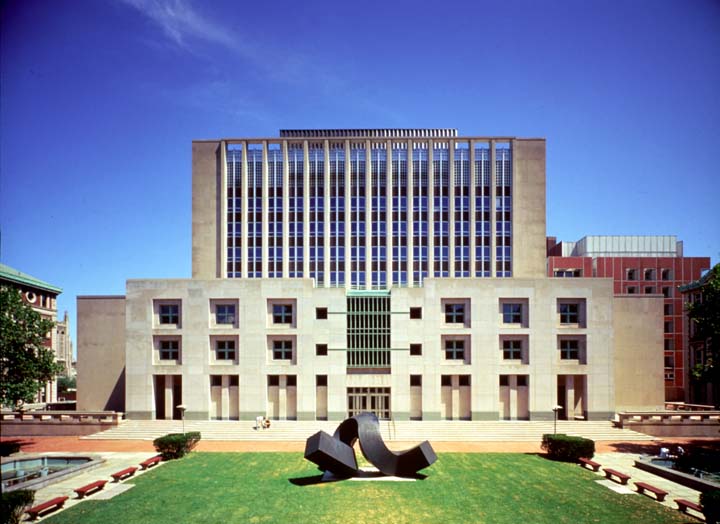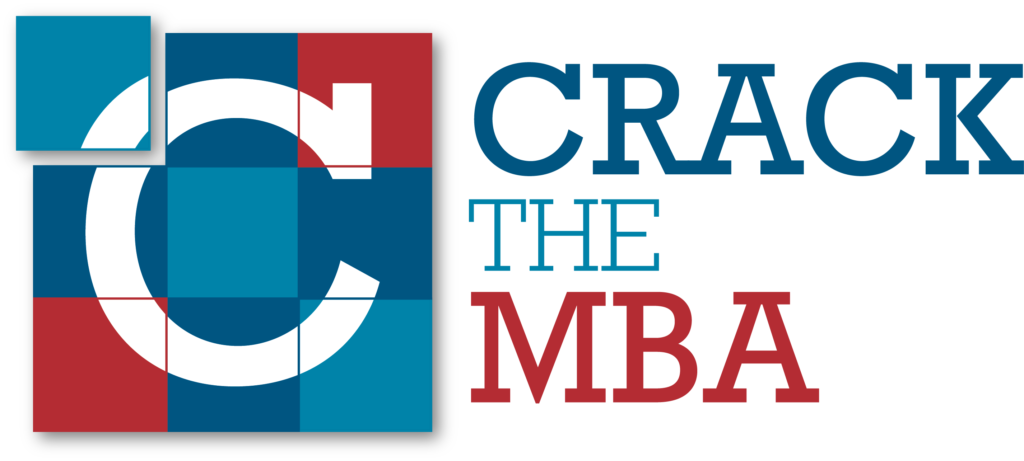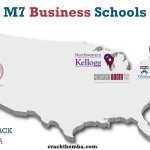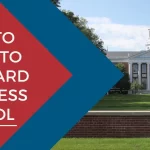Columbia Business Schools Is Betting Big On Analytics Through Its Analytics in Action Masterclass

Analytics has become the latest rage among MBA students of late. Besides qualifying under STEM OPT for international candidates which makes them eligible for a 24-month extension on their visa as part of a temporary training, Analytics has also carved a niche for itself in the professional world, as more and more companies rely heavily on data for solutions.
Columbia Business School’s podcast, the Columbus Bizcast focused on Analytics on their latest episode, aired on the 29th January. Titled Analytics in Action, the episode saw participation from professors Brett Martin and Daniel Guetta, as well as students Michael Rodio and Sanjana Rosario.
Brett Martin is an Adjunct Assistant Professor of Business at the Decision, Risk, and Operations Division at Columbia Business School. He’s also the co-Founder and Managing Partner of Charge Ventures, a pre-seed focused venture fund based in Brooklyn, New York. Daniel Guetta is a Senior Lecturer in the Discipline of Decision, Risk and Operations (DRO) Division as well as a Director at the Center for Pricing and Revenue Management and Business Analytics Initiative. Michael Rodio is an MBA candidate at CBS from the Class of 2020, while Sanjana Rosario is an MS student at Columbia Engineering.
Analytics in Action
Brett Martin breaks down the Analytics in Action masterclass and reveals how it began. Citing a conversation he had with the Dean of Columbia Business School (who was then the head of the DRO department), Dean Costis Maglaras, who asked him what an Applied Analytics class would look like. Martin and Maglaras then designed a pilot class (in 2017) where they brought together MBA and engineering students with companies that included startups as well as big companies like Viacom, Moody’s Analytics among others to work on real life data science problems. Three years later, and now the class has had guest lectures from practitioners in the field.
Discussing why the class needs to be made up of both MBAs and engineering students, Daniel recalls listening to Dean Maglaras’ vision for business education, who said “Future MBAs won’t just be sitting in a room with MBAs. Engineers won’t just be sitting in a room with engineers,” pointing towards a world of diversity where MBAs would be working with engineers, psychologists and people from different disciplines and vice versa. Daniel also points out that it’s beneficial having people with different skill sets working together as that would bring more value through learning from each other.
Brett also talks about the need to bring in real companies instead of relying on case studies for the students to get a more realistic perspective of how analytics work in the real world. He says:
“Tried and true case studies often give the false impression that there’s a clear obvious answer, right? And the truth is much more messy. Basically case studies are good for showcasing kind of a principle of things or highlight highlighting the essence of it, but they pair away the messiness, they pair away the hard work that the pedestrian labor of getting all the data and the answers and the permissions that you need”
Bringing MBA and Engineering together
Turning to the students, Sanjana Rosario, who’s an Engineering student, echoed the sentiment shared by Brett about bringing in real companies instead of learning from case studies. She said that even though she had learned a lot about the theories behind data science, the real life examples helped her learn a lot more about Analytics.
Michael Rodio, an MBA candidate, joined the Masterclass to develop his skill set. Recalling his experience working at TalkSpace, a startup in New York, he says his day-to-day communication with data scientists, engineers, and product managers made him appreciate the different skill sets that these jobs required and eventually attracted him to take the course.
Talking about the kind of companies they invite to their classes, Brett says:
“We set a really, really high bar when it comes to the companies we let into the class. We kind of insist that when a company comes and takes analytics and action, it has to be at the very center of their value proposition.”
Discussing the difference in the perspective that both MBAs and engineers bring to the table during the classes, Daniel points out that the MBA students come in wanting to learn data science, which makes them get stuck in the nitty gritties of the course, and forget about the business training. Both sides of the students learn quite a bit from each other, which they might not have necessarily picked up in a class or reading.
Daniel further talks about his and Bretts’ teaching methods and how they encourage their students to ge outside their comfort zone and do a task which might not be something they’ve specialised in. Adding to that, he says:
“What we try and do is to encourage teams to consider new techniques, new methods. It might be the first thing that comes to mind. Is it actually going to deliver the kind of value you want? And if not, why don’t we try something else?”
Brett also emphasizes on the fact that these classes teach students emotional resilience when the results don’t go their way. It forces students to come up with new solutions through pulling in new data sets, coming up with new arguments to the clients for why they should give them the information that they need to completely change the scope of the problem. These are the types of challenges that having a broad diverse set of experiences and more diverse teams allows students to easily overcome.
You can listen to the full podcast here.



